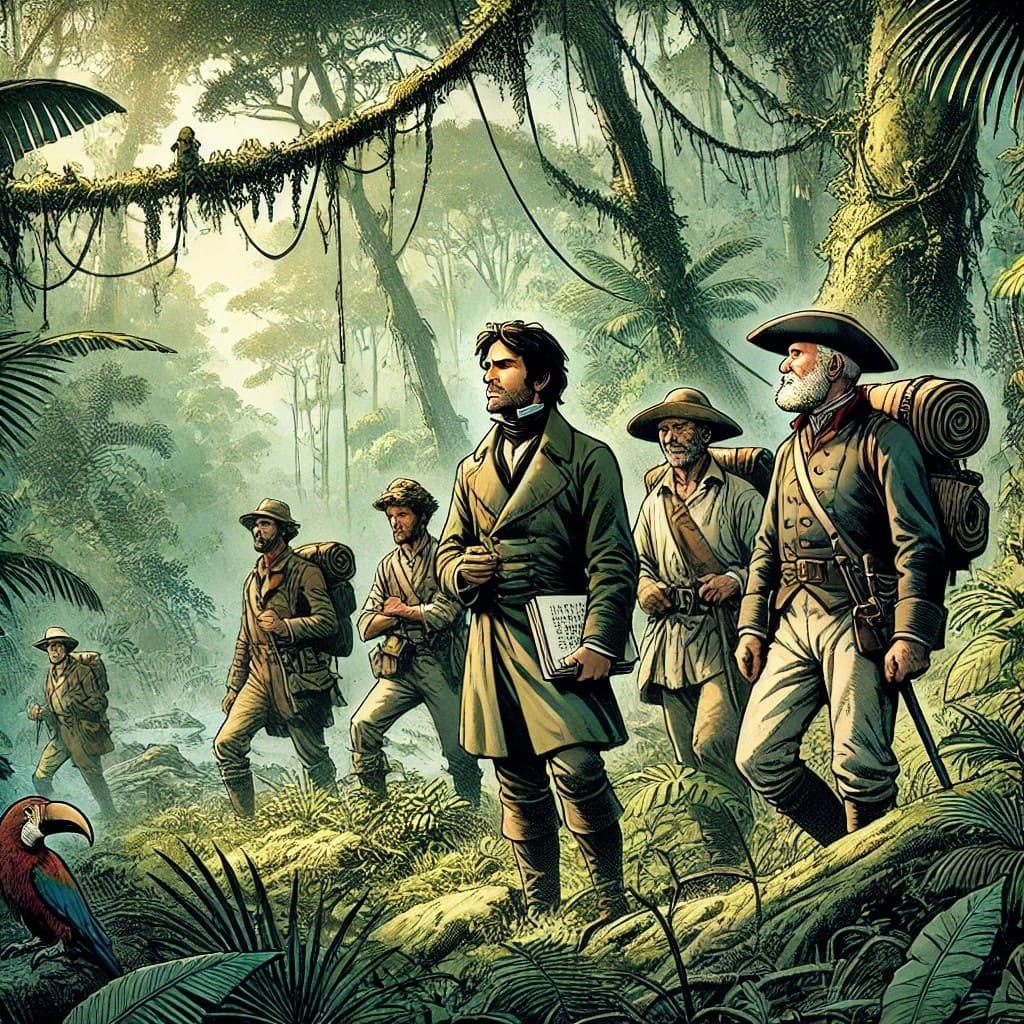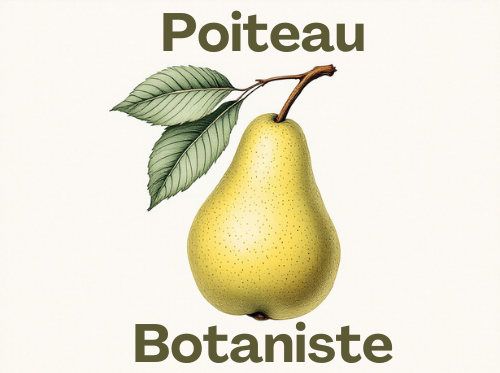Introduction
French Guiana, a land of biodiversity and scientific exploration, was the site of an ambitious botanical expedition in the early 19th century. Pierre-Antoine Poiteau (1766-1854), botanist to the king and director of crops at the royal residences, undertook a voyage to Guiana between 1819 and 1821. His goal? To collect plant species, develop useful crops, and enrich French botanical science.
Travel Preparations
In 1818, the Minister of the Navy initiated a project to expand the cultivation of useful plants from French colonies and around the world in French Guiana. This project required the expertise of a botanist capable of directing research and planting.
- The Minister of the Interior asks the administrators of the Jardin du Roi to appoint a competent scientist.
- The botanist is paid 6,000 francs, with a budget dedicated to research and experiments.
- Poiteau, enthusiastic about this mission, applied for this position and his application was accepted.
- Poiteau then prepared to leave, and to do so, he asked that his eldest son be placed in one of the royal colleges, and he requested a place for his younger son at the School of Arts and Crafts in Châlons.
- He then embarked at the end of the winter of 1819 with his wife, his 3 other children and another member of his family.
Progress of the mission in Guiana
After a long transatlantic voyage, Poiteau landed in French Guiana and was placed under the authority of the director of the estates. However, tensions quickly arose:
- Poiteau was refused the assistance of local workers for his explorations.
- He must carry out his research alone, limited to a restricted area.
- An exception occurs when he joins an exploration commission on the Mana River.
- Despite these obstacles, he managed to collect an impressive variety of plants, sending to France one of the richest collections ever assembled.
Explorations and Discoveries
The highlight of the expedition was the exploration mission of the Mana River , led by Catineau Laroche, aimed at assessing the feasibility of European agricultural colonization in this region:
- The mission, composed of Galibis Native American guides and 50 soldiers, entered the mouth of the river on November 5, 1820.
- Poiteau and five companions venture on foot through the forest towards the Maroni River.
- After walking 166 km in extreme conditions, they got lost and turned back seven days later, exhausted.
Despite these difficulties, the mission was a botanical success. Poiteau acclimatized 200 sago palms and inventoried a wide variety of plants.

Poiteau and 5 companions heading towards the Maroni River (Illustration)
Administrative obstacles and conflicts
The colonial administration proved to be a major obstacle to Poiteau’s scientific ambitions:
- The director of estates imposes unjustified restrictions on him.
- Tensions reached a critical point in 1821, resulting in his expulsion.
- The governor orders his return to France.
Return to France and consequences
Poiteau left Guiana in June 1821 aboard the Durance and arrived in Le Havre on July 19. He completed his journey by steamer, returning to Paris on August 3, 1821.
His return is marked by steps to obtain recognition and compensation:
- The new Minister of the Navy is removing the two positions of Director of Crops and Director of Estates in Guiana.
- Poiteau receives partial compensation until November.
- The administration accuses him of having taken a catalog from the Royal Botanical Garden of Cayenne, which he denies.
- He demanded reimbursement for his travel expenses, but was told that the Jardin du Roi would have to take care of it.
- Ultimately, his botanical collections were integrated into the herbaria of the Richards, the Museum of Natural History in Paris, and the Delessert herbarium in Geneva.
A Precious Botanical Heritage
Despite the pitfalls, Poiteau’s mission left a lasting mark on the history of botany:
- In 1825, he proposed an innovative method of grafting clove trees onto local species.
- His work contributes to the enrichment of knowledge on Guyanese flora.
- Its collections are still an essential resource for researchers and botanists today.
Conclusion
Pierre-Antoine Poiteau’s expedition to French Guiana illustrates the challenges of 19th-century scientific exploration.
Between scientific ambition and bureaucratic obstacles, his voyage reveals the difficulty of reconciling research and colonial administration.
Yet, his discoveries and collections remain an invaluable contribution to tropical botany.
A coincidence of history concerning the boat La Durance
A singular detail closes the story of the ship La Durance , which was used to transport naturalists and scientists during the expedition to Guiana.
After witnessing numerous exploration missions, sailing to the Antilles and Reunion, his destiny took an unexpected turn.
In 1855, returned to Guiana for the opening of the penal colony, La Durance was renamed Le Gardien and transformed into a prison pontoon.
It thus became the colony’s first floating penitentiary(link in French) , housing prisoners sent to serve their sentences in this inhospitable territory.
An ironic ending, far removed from his first voyages dedicated to science and discovery.
